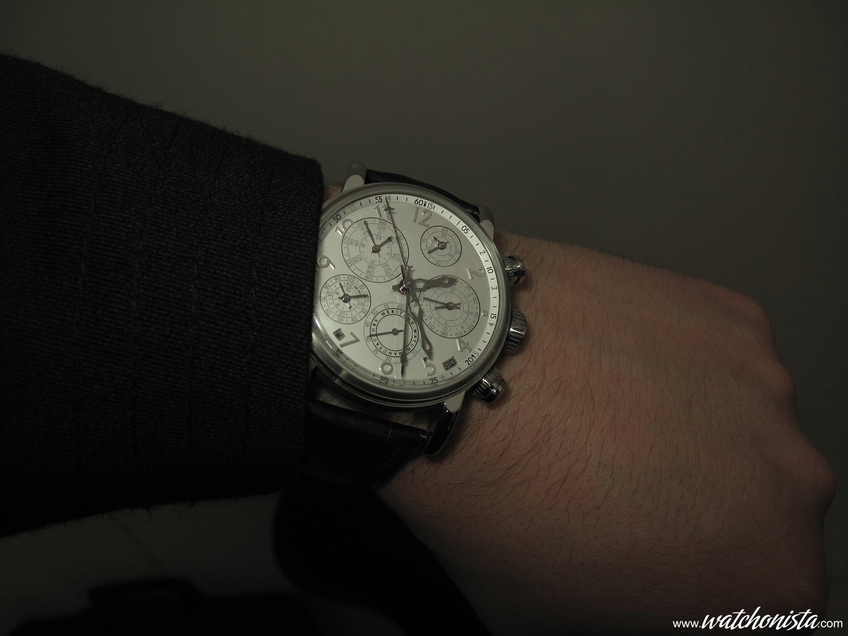

The five most complicated watches of BaselWorld 2012?
When one talks about watches with complications, it is in a broad sense.
For that matter, this is the topic of today's article, the mechanically as well as aesthetically complicated watches.
The watches whose exterior mirrors their internal complexity.
Honor where honor is due, the Patek 5204 replaces the 5004; this split second chronograph features a perpetual calendar.
It is a classic grand complication, but its mechanics are what make the Patek Philippe 5204 internally ultramodern, and are protected by several patents.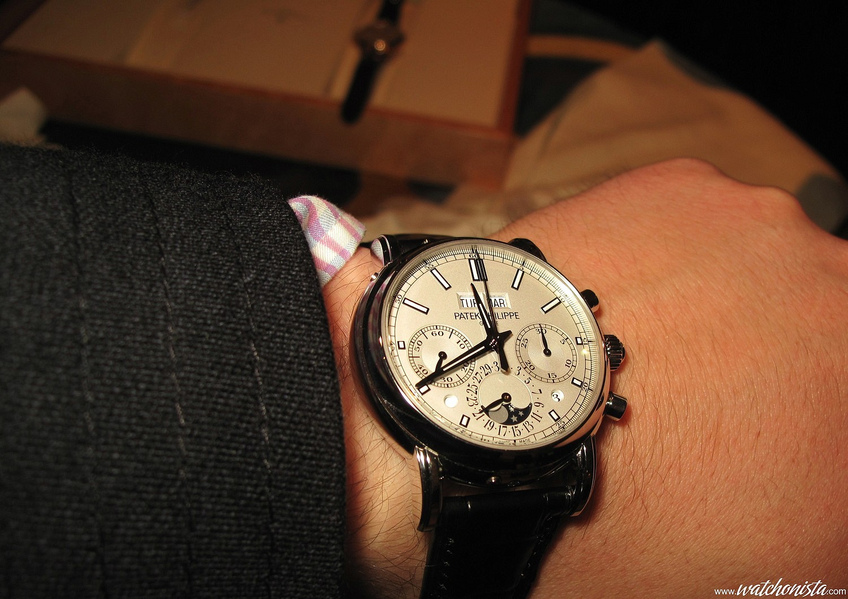
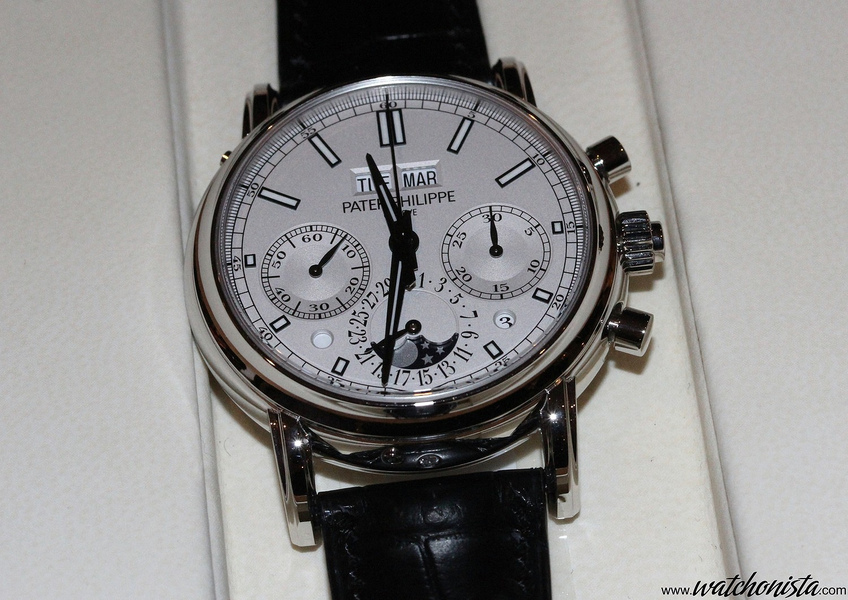
The De Bethune DB28 is a dead second tourbillon (aka jumping second hand).
The dead second is the pinnacle of dandyism: indeed, the second hand jumps by intervals like that of a quartz watch, but implies an extreme mechanical complexity.
This DB28st revisits the DB25t's movement, inverted: the hands sit on what showed through the DB25's transparent case back.
The distinctive dead second's bridge is still there, but the watchcase keeps within the DB28 line's science fiction look.
The movement is futuristic, as it is always the case at De Bethune's, with a titanium/platinum tourbillon and a silicon balance spring.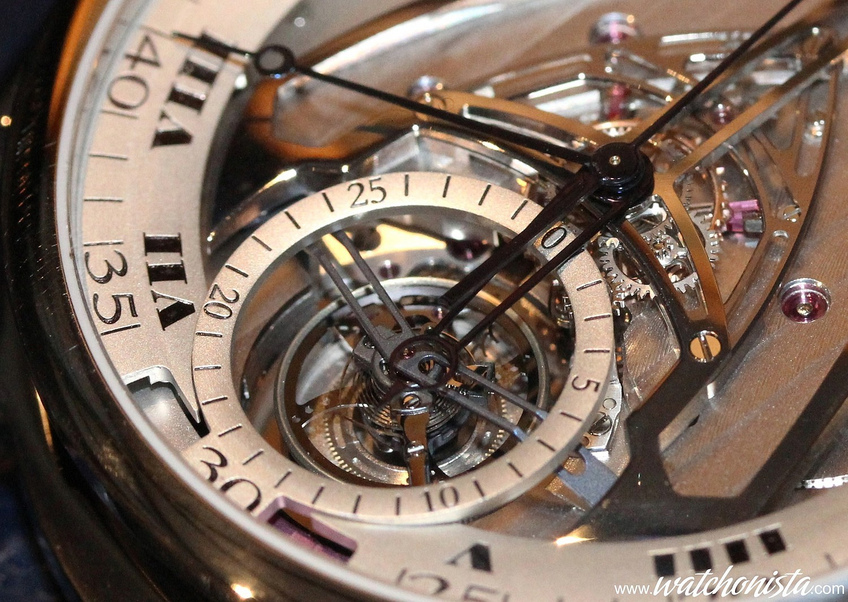
One of the most exceptional pieces of BaselWorld is unquestionably the Opus 12; this watch features no less than 27 hands: each hour and 5 minutes interval is indicated by a couple of swiveling hands.
At each change of the hour, the hands rotate successively, demonstrating all of Harry Winston's know-how.
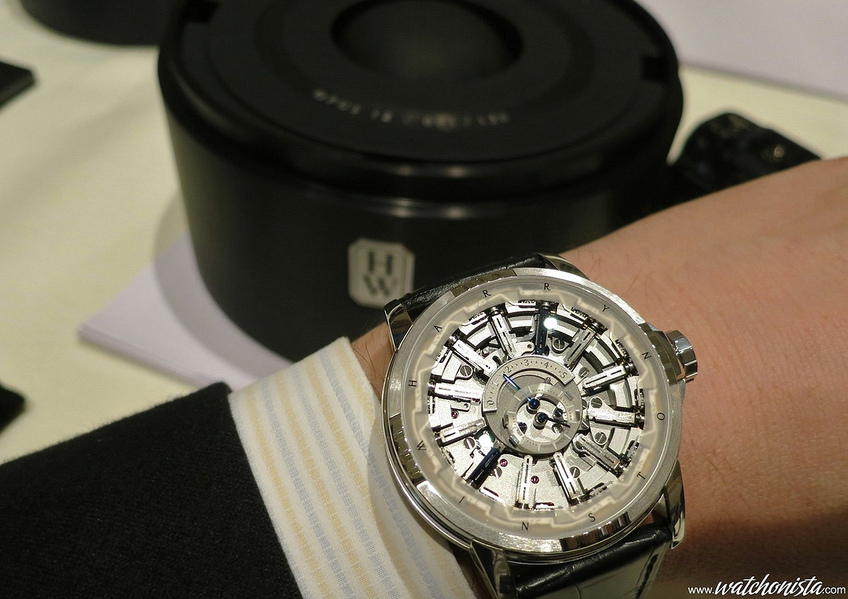
The 4N of François Quentin is a long-term project;
This watch is one of the imaginative solutions that allow a digital hour to be displayed through an aperture: the rotating disks jump every minute to indicate the time at the center of the watch.
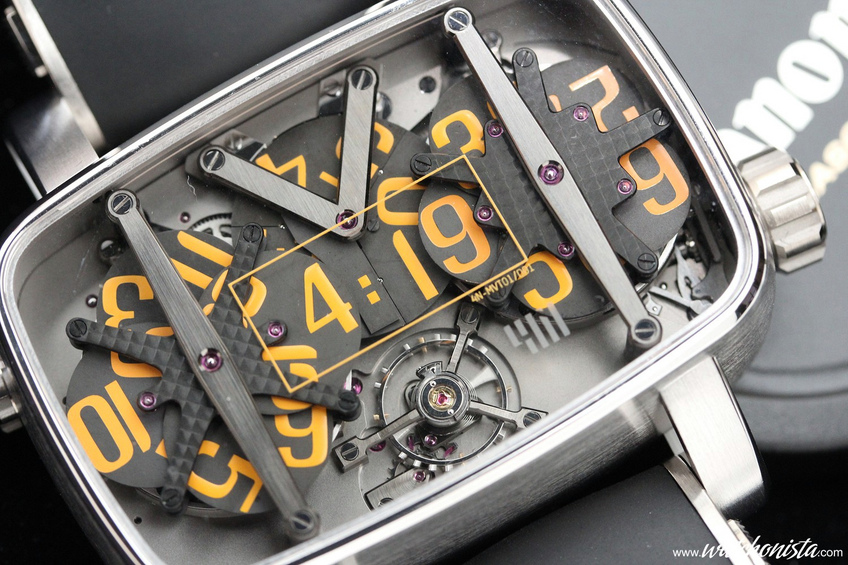
Finally, the "Firmamentum" of Heritage Watch Manufactory: it is one of the most complex watches of BaselWorld 2012; its original complication allows for the sidereal time measurement, a system used for navigation.